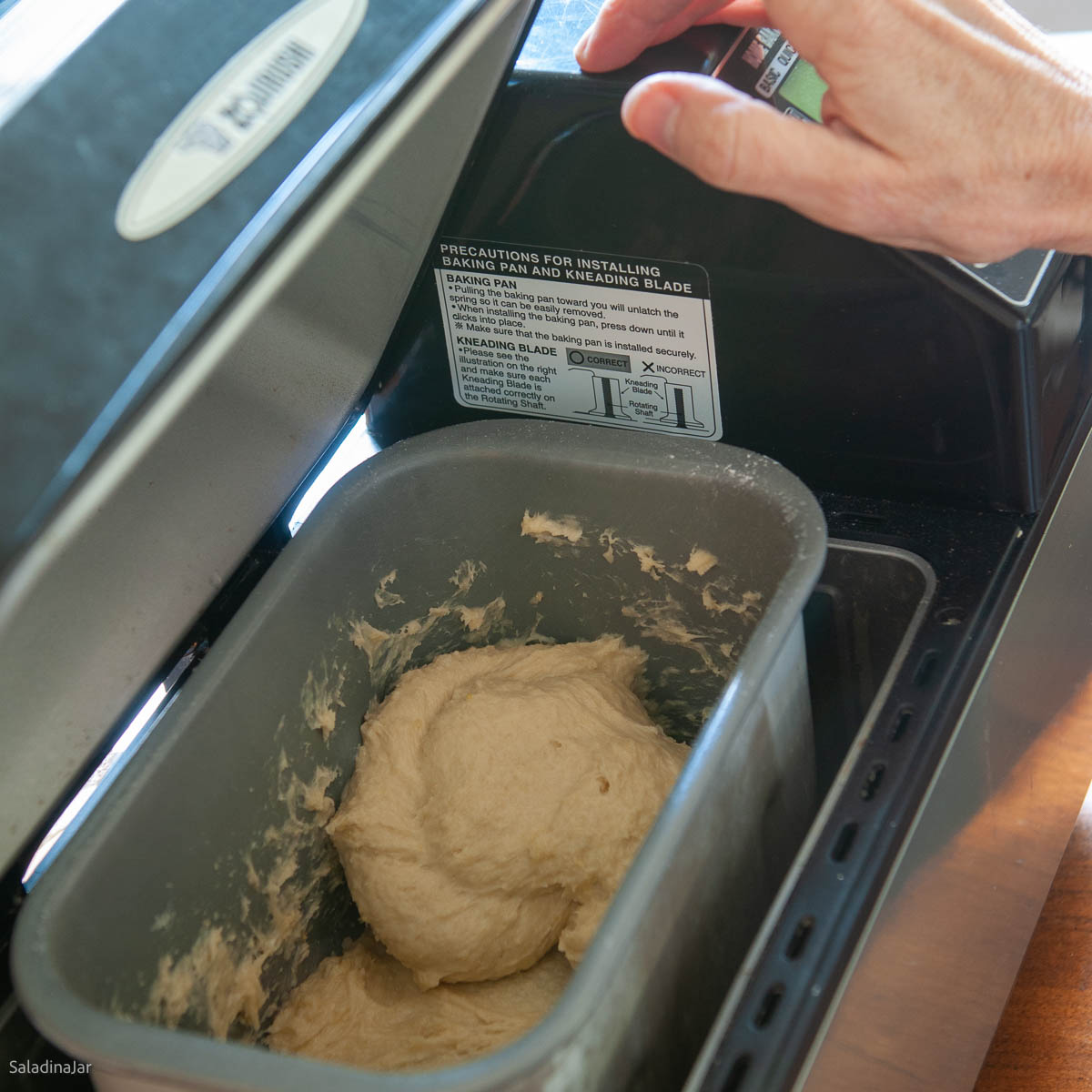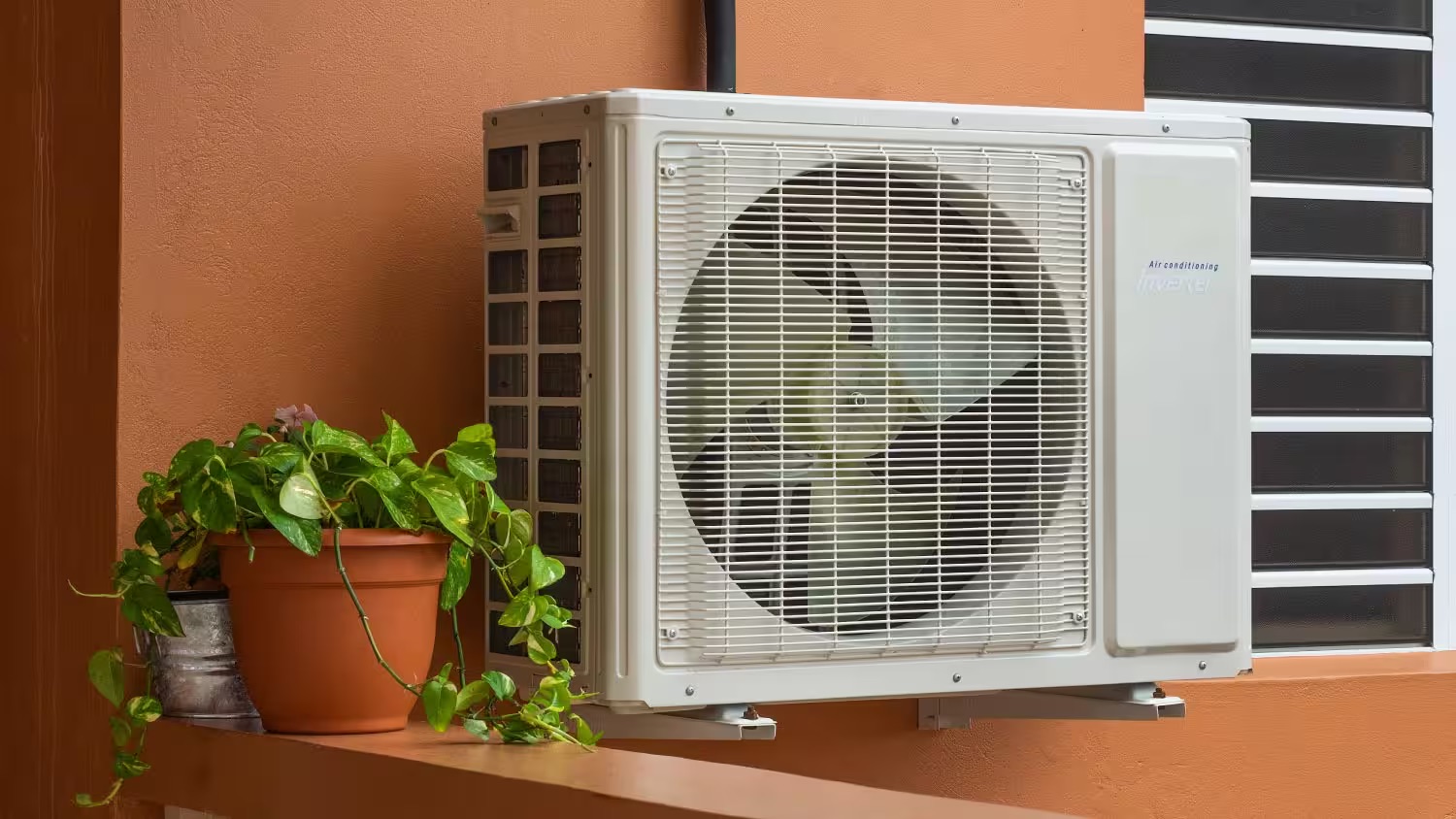

Articles
How Long Is Spin Cycle On Washer
Modified: October 21, 2024
Find articles on how long the spin cycle on a washer typically lasts, including tips for reducing cycle time and improving efficiency.
(Many of the links in this article redirect to a specific reviewed product. Your purchase of these products through affiliate links helps to generate commission for Storables.com, at no extra cost. Learn more)
Introduction
Doing laundry is an essential chore that most of us have to tackle on a regular basis. From sorting and washing to drying and folding, each step in the laundry process plays a crucial role in ensuring clean and fresh clothes. One particular step that often raises questions is the spin cycle on a washer.
The spin cycle is the final phase of the washing machine cycle, in which excess water is removed from the clothes through rapid spinning. This step is vital in cutting down drying time and preventing clothes from coming out too wet. However, have you ever wondered how long the spin cycle actually takes? In this article, we will delve into the factors that affect the duration of the spin cycle and provide insights on typical spin cycle lengths.
Key Takeaways:
- Understanding factors like load size, fabric type, and spin speed settings can help optimize the spin cycle time on your washer, ensuring efficient water removal and garment care.
- By implementing tips such as using high spin speeds, avoiding overloading, and investing in high-efficiency machines, you can minimize spin cycle time, saving time and energy while still effectively removing excess water from your laundry.
Read more: What Is Sanitize Cycle On Washer
Understanding the Spin Cycle
The spin cycle is an integral part of the washing machine’s functionality. It not only expels excess water from the clothes but also helps to prevent tangling and wrinkling. During this cycle, the drum of the washing machine rotates at a high speed, allowing centrifugal force to push the water out of the fabric fibers.
When the spin cycle begins, the washing machine gradually reaches its maximum speed, and the water is forced towards the sides of the drum. As the drum keeps spinning, the centrifugal force pushes the water out through the small holes in the drum, effectively removing it from the clothes. The duration of the spin cycle will vary depending on several factors, which we will explore in the next section.
It’s important to note that different washing machines may have different spin cycle settings and options. Some machines offer multiple spin speed options for different types of clothing, while others have preset spin cycles that you can choose from. Understanding how these settings work can help you optimize your laundry routine.
Factors Affecting Spin Cycle Length
Several factors can influence the length of the spin cycle on a washer. Understanding these factors can help you manage your laundry time more effectively. Here are some key factors to consider:
1. Load Size: The size and weight of the laundry load can significantly impact the spin cycle duration. A larger load will require more time for the washing machine to remove excess water effectively. It’s important not to overload the machine, as this can result in subpar cleaning and longer spin cycles.
2. Fabric Type: Different fabrics have varying water retention properties. Delicate fabrics like silk or wool may require a gentler spin cycle to avoid damage, which can lengthen the overall spin cycle time. On the other hand, sturdier fabrics like jeans or towels can withstand a more vigorous spin cycle, resulting in a quicker spin time.
3. Spin Speed Setting: Most washing machines offer different spin speed options. Higher spin speeds can remove water more efficiently but may also result in a longer spin cycle. Conversely, selecting a lower spin speed will reduce the spin time but may leave your clothes wetter after the cycle concludes.
4. Machine Efficiency: The efficiency and capabilities of your washing machine can affect the spin cycle duration. More advanced machines may have features that optimize spin cycles, such as sensors that detect the moisture level in the clothes and adjust the spin time accordingly.
5. Water Extraction Method: Some washing machines employ different techniques for water extraction, which can impact the spin cycle time. For example, machines with a faster spin speed or a special water extraction mode can significantly reduce the spin cycle duration.
By considering these factors and adjusting your laundry routine accordingly, you can optimize the spin cycle time and ensure efficient water removal while taking care of your clothes.
Check the user manual for your specific washer model to find the exact spin cycle duration. Generally, spin cycles on washers can range from 3 to 15 minutes, depending on the load size and machine settings.
Typical Spin Cycle Durations
The duration of the spin cycle can vary depending on the factors mentioned earlier. However, there are some general guidelines regarding the typical spin cycle durations that you can expect from a standard washing machine. Here are a few examples:
1. Normal Spin Cycle: On average, a normal spin cycle typically lasts between 8 to 12 minutes. This is the standard duration for most regular loads of laundry. The machine’s default settings usually include a moderate spin speed, which strikes a balance between effective water removal and garment care.
2. Quick Spin Cycle: Some washing machines offer a quick spin cycle option, which is designed for smaller loads that require less time to remove excess water. This cycle can take around 5 to 8 minutes, depending on the machine and the specific settings chosen.
3. Delicate Spin Cycle: Delicate fabrics like silk, lace, or lingerie require a more gentle spin cycle to prevent damage. The delicate spin cycle is designed to be slower and less aggressive, typically lasting between 4 to 6 minutes. This allows for effective water extraction while minimizing the risk of stretching or tearing delicate fibers.
4. Heavy-Duty Spin Cycle: For items like towels, bedding, or heavily soiled clothes, a heavy-duty spin cycle may be necessary to remove as much water as possible. This cycle can run for approximately 15 to 20 minutes, as it involves a higher spin speed to extract water from bulky or absorbent materials.
Remember that these durations are approximate and can vary depending on the specific make and model of your washing machine. It’s always best to consult the user manual or check the manufacturer’s guidelines for the most accurate information pertaining to your particular appliance.
Tips for Reducing Spin Cycle Time
If you’re looking to reduce the spin cycle time on your washer, consider the following tips to optimize your laundry routine:
1. Use High Spin Speeds: Selecting a higher spin speed setting on your washing machine can help remove water more efficiently. This can result in a shorter spin cycle as the excess water is extracted at a faster rate. However, be cautious with delicate fabrics or items prone to wrinkling, as a high spin speed can potentially cause damage.
2. Don’t Overload the Machine: Overloading the washing machine with a large, heavy load can prolong the spin cycle time. It’s essential to follow the machine’s recommended load capacity and distribute the clothes evenly to ensure effective water extraction. A balanced load will allow the machine to spin more efficiently, reducing the overall cycle duration.
3. Pre-Spin Lightweight Items: If you have lightweight items like kitchen towels or small garments that tend to retain less water, consider removing them from the main load and spinning them separately. This can help minimize the overall spin cycle time for the bulk of your laundry, as the lighter items require less time to dry.
4. Opt for Higher Efficiency Machines: Investing in a high-efficiency washing machine can offer benefits such as faster spin cycles. These machines are designed to extract water more efficiently, resulting in shorter spin times. Look for models with advanced features like moisture sensors that can detect when the laundry is dry and automatically adjust the spin cycle duration accordingly.
5. Hand Squeeze Excess Water: Before placing your clothes in the washing machine, give them a gentle squeeze to remove as much water as possible. This can help reduce the overall spin cycle time, as the machine won’t have to work as hard to extract excessive moisture from the fabric.
6. Use Regular Maintenance: Regularly clean your washing machine’s filter and check for any blockages that could impede water drainage. A properly functioning machine will spin more effectively and efficiently, reducing the spin cycle duration.
By implementing these tips, you can minimize the spin cycle time on your washer, saving time and energy while still effectively removing excess water from your laundry.
Read more: When To Use Steam Cycle On Washer
Conclusion
The spin cycle on a washer plays a vital role in removing excess water from your laundry, allowing for quicker drying and fresher clothes. While the duration of the spin cycle can vary depending on factors such as load size, fabric type, spin speed settings, machine efficiency, and water extraction methods, understanding these factors can help you optimize your laundry routine.
By considering the load size, fabric type, and utilizing the appropriate spin speed setting, you can ensure efficient water removal while taking care of your clothes. It’s important not to overload the machine and to be mindful of delicate fabrics that require a gentler spin cycle.
The typical spin cycle durations for regular, quick, delicate, and heavy-duty cycles vary, and it’s always best to consult your washing machine’s user manual for accurate information specific to your appliance. High-efficiency machines, regular maintenance, and hand-squeezing excess water can also contribute to reducing the spin cycle time.
With these tips and knowledge, you can optimize the spin cycle time on your washer, saving time and energy while achieving effective water extraction. Remember to always follow the guidelines provided by your washing machine manufacturer and adapt your laundry routine accordingly to ensure the best results.
So, the next time you do your laundry, take a moment to appreciate the importance of the spin cycle and how it contributes to clean and comfortable clothes. With a well-managed spin cycle, you can enjoy fresh-smelling clothes that are ready to be worn in no time!
Now that you've got the scoop on optimizing your washer's spin cycle, why stop there? Maintaining your appliances ensures they run efficiently and last longer. Don't miss our detailed guide on keeping your laundry machines in top shape. We've packed it with practical advice on cleaning both washers and dryers, so you can get the best performance out of them without any fuss. Jump right in and see how simple washer maintenance can be!
Frequently Asked Questions about How Long Is Spin Cycle On Washer
Was this page helpful?
At Storables.com, we guarantee accurate and reliable information. Our content, validated by Expert Board Contributors, is crafted following stringent Editorial Policies. We're committed to providing you with well-researched, expert-backed insights for all your informational needs.















0 thoughts on “How Long Is Spin Cycle On Washer”